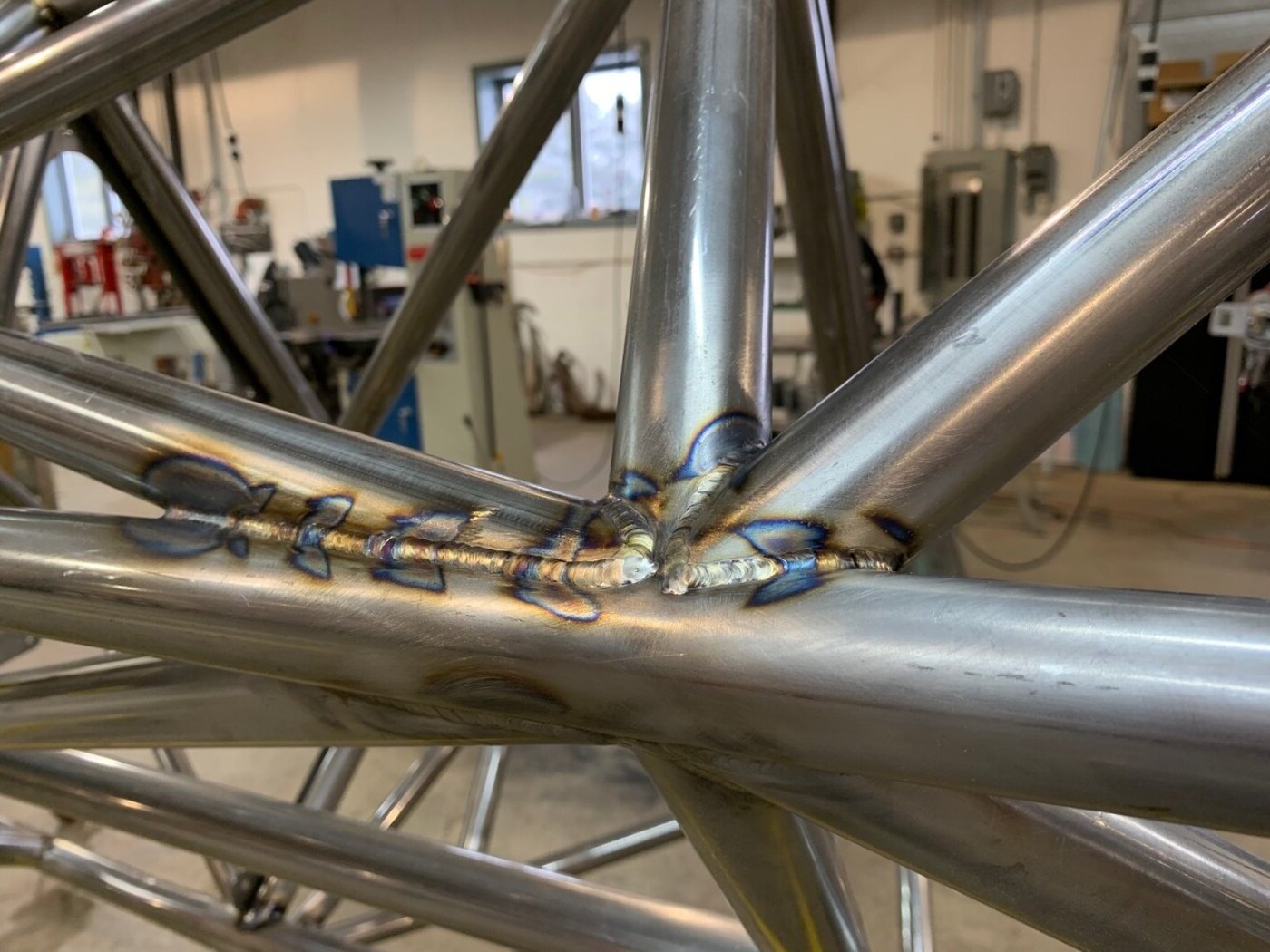
Camelus knoblochi, an ancient relative of modern camels, roamed the Earth during the Pleistocene epoch. These fascinating creatures, often overshadowed by their more famous cousins, have a rich history worth exploring. Did you know that Camelus knoblochi lived in regions that are now part of Russia and China? Unlike today's camels, they thrived in diverse environments, from cold steppes to semi-arid areas. Their unique adaptations helped them survive in harsh climates, making them a subject of interest for paleontologists. Camelus knoblochi had longer legs and a more robust build compared to modern camels. Curious about how these ancient giants lived and what led to their extinction? Let's dive into 34 intriguing facts about Camelus knoblochi that will transport you back in time to an era when these majestic creatures roamed the Earth.
Key Takeaways:
- Camelus Knoblochi, an ancient camel species, lived in Central Asia and stood taller than modern camels. They migrated in herds, coexisting with mammoths and saber-toothed cats.
- Fossil discoveries and research have unveiled the physical traits and lifestyle of Camelus Knoblochi, offering valuable insights into their existence and the prehistoric world.
What is Camelus Knoblochi?
Camelus Knoblochi, an extinct species of camel, roamed the Earth during the Pleistocene epoch. These fascinating creatures have left behind a trail of intriguing facts that shed light on their existence and the world they inhabited.
- Camelus Knoblochi lived approximately 1.8 million to 10,000 years ago.
- They were native to Central Asia, particularly in regions that are now part of Kazakhstan and Mongolia.
- These camels were significantly larger than modern camels, standing up to 3.5 meters tall at the shoulder.
- Camelus Knoblochi had long, slender legs adapted for running and covering vast distances.
- Their humps were smaller compared to modern camels, suggesting a different fat storage mechanism.
Physical Characteristics of Camelus Knoblochi
Understanding the physical traits of Camelus Knoblochi helps us visualize these ancient giants and their adaptations to their environment.
- Their skulls were elongated, with a pronounced nasal arch.
- Camelus Knoblochi had large, flat teeth suitable for grinding tough vegetation.
- Their fur was thick and woolly, providing insulation against cold climates.
- The hooves were broad and padded, ideal for traversing sandy and rocky terrains.
- Unlike modern camels, they had a more robust and muscular build.
Habitat and Lifestyle
Exploring the habitat and lifestyle of Camelus Knoblochi reveals how they thrived in their environment and interacted with other species.
- They inhabited open grasslands and semi-arid regions.
- Camelus Knoblochi were herbivores, primarily feeding on grasses, shrubs, and leaves.
- They migrated seasonally in search of food and water.
- These camels lived in herds, providing protection against predators.
- Fossil evidence suggests they coexisted with other megafauna like mammoths and saber-toothed cats.
Fossil Discoveries and Research
Fossil discoveries have played a crucial role in piecing together the history of Camelus Knoblochi and understanding their place in the prehistoric world.
- The first fossils of Camelus Knoblochi were discovered in the early 20th century.
- Significant fossil sites include the Tarim Basin in China and the Aral Sea region in Kazakhstan.
- Paleontologists have found well-preserved skeletons, allowing detailed studies of their anatomy.
- Radiocarbon dating has helped establish the timeline of their existence.
- Fossilized footprints provide insights into their movement patterns and behavior.
Extinction of Camelus Knoblochi
The extinction of Camelus Knoblochi marks the end of an era for these majestic creatures. Understanding the factors that led to their demise helps us learn from the past.
- Climate change during the late Pleistocene likely contributed to their extinction.
- The expansion of human populations and hunting pressures also played a role.
- Changes in vegetation and water sources affected their food supply.
- Competition with other herbivores for resources may have been a factor.
- The extinction of Camelus Knoblochi coincided with the disappearance of other large mammals.
Legacy and Importance
The legacy of Camelus Knoblochi extends beyond their existence, offering valuable lessons and insights for modern science and conservation efforts.
- Studying their fossils helps scientists understand evolutionary processes.
- Camelus Knoblochi provides a glimpse into the biodiversity of the Pleistocene epoch.
- Their adaptations offer clues about surviving in harsh environments.
- Research on their extinction informs current conservation strategies for endangered species.
- Camelus Knoblochi remains a symbol of the ever-changing nature of life on Earth.
Fun Facts about Camelus Knoblochi
Let's dive into some fun and lesser-known facts about Camelus Knoblochi that highlight their uniqueness and charm.
- Camelus Knoblochi had a unique gait, moving both legs on one side of their body simultaneously.
- They could travel up to 40 kilometers in a single day.
- Their woolly fur was similar to that of modern alpacas.
- Camelus Knoblochi's large eyes provided excellent vision, crucial for spotting predators and navigating their environment.
Final Thoughts on Camelus Knoblochi
Camelus Knoblochi, an extinct camel species, offers a fascinating glimpse into our planet's past. These creatures roamed the Earth during the Pleistocene epoch, adapting to diverse environments. Their unique physical traits, like long legs and specialized teeth, helped them thrive in harsh conditions. Fossil evidence reveals their presence in regions ranging from North America to Asia, highlighting their adaptability.
Understanding Camelus Knoblochi's history enriches our knowledge of evolutionary processes and environmental changes. It also underscores the importance of preserving modern camel species, which face threats from habitat loss and climate change. By studying these ancient animals, we gain valuable insights into the resilience and adaptability of life on Earth.
So, next time you see a camel, remember its ancient relatives and the incredible journey of survival and adaptation that connects them to the past.
Frequently Asked Questions
Was this page helpful?
Our commitment to delivering trustworthy and engaging content is at the heart of what we do. Each fact on our site is contributed by real users like you, bringing a wealth of diverse insights and information. To ensure the highest standards of accuracy and reliability, our dedicated editors meticulously review each submission. This process guarantees that the facts we share are not only fascinating but also credible. Trust in our commitment to quality and authenticity as you explore and learn with us.


